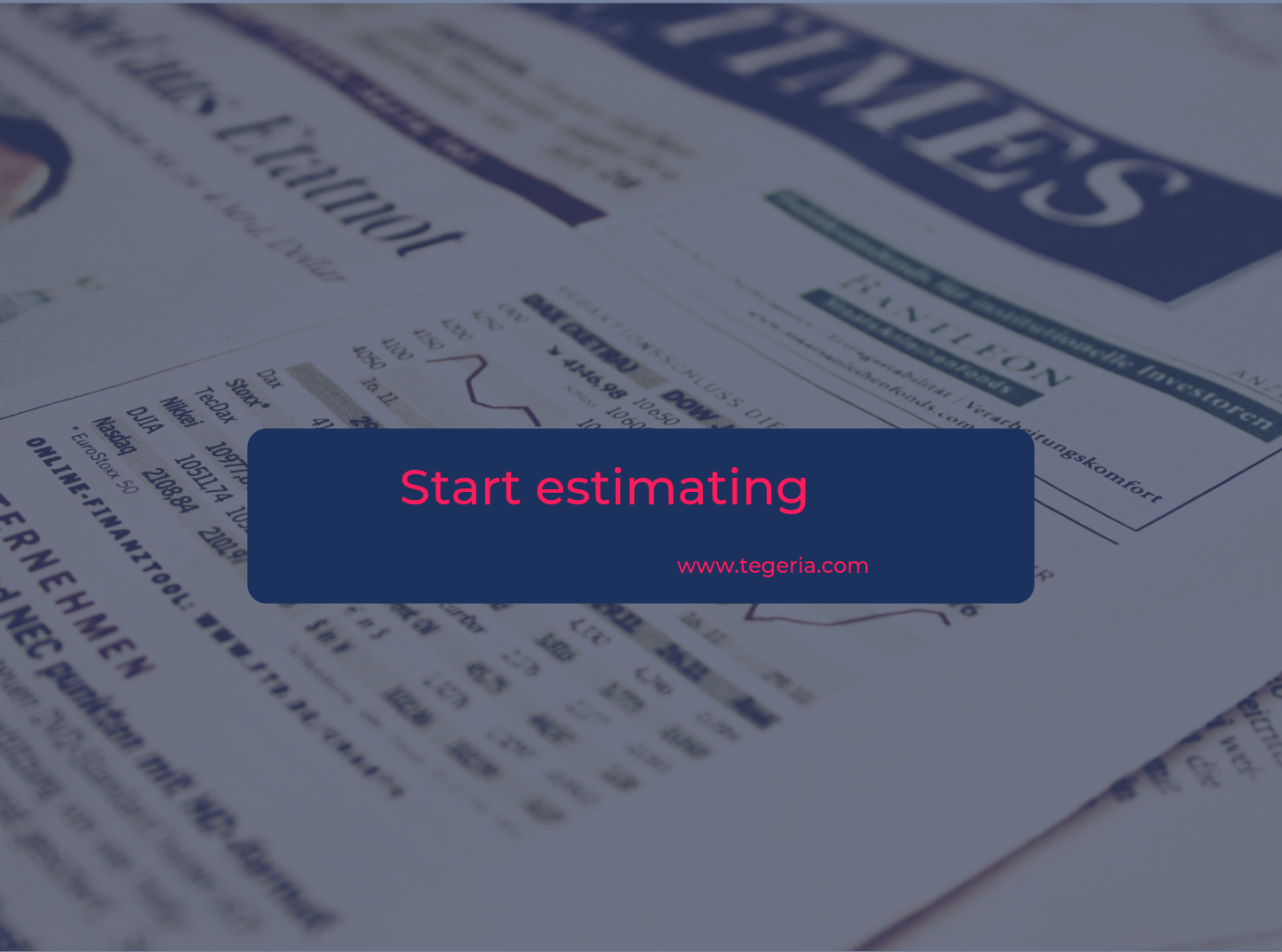Tips for Agile Planning in 2019
If you work in or around IT, the chances are that you have heard the phrase “agile planning”. But what does it mean? Do you need it? And should you be considering it during 2019? The answers to these questions are “we will tell you”, “yes”, and “most definitely”- let us explain why?
Agile planning is little more than measuring the speed a team can turn user stories into a work, a production-ready bit of software and then using that to work out when they will conclude the project. Planning, execution, revision, and more planning are the keys to creating the perfect agile plan but does this all sound a bit alien to you? Do not fear, here are some easy to implement tips that you can get your head around and implement for a more agile 2019.
Why are you doing this? The Big Picture.
It doesn’t matter whether you are using Kanban, Scrum or a combination of solutions, there is still a need to plan ahead over the coming year. You need to set deadlines and date commitments, plan resources and tie all of your work back into a strategic vision.
When it comes to software, it is hard to create a vision when you have a wide range of disconnected tools such as Gantt charts, a mix of PPM tools and spreadsheets- you need to know where to start and how to pull it all together. Your outlined strategic themes can vary: organisation-wide focus areas such as; where do you want to be in the next year, where do you want to spend the majority of your time and resources? Are you conscious of UX, security, new and competitive features, or a combination of all of the above?
By establishing your priority themes, you can focus on just a couple of things and then do them really well.
Figure out the big-ticket items
If you want to focus on security, you need to consider building a new foundation from scratch- using the analogy of a house, you need to dig deep, create sheer walls on the frame, solid-core doors, and then double-pane windows. Figure out what will take the most of your resources before you start.
Break it all down
When you’ve identified your areas and themes of focus, you need to then break them down into more manageable chunks. This will give you a more granular view into each step that is required to achieve your goal. Using the house analogy again, you will need to remove the old windows, buy new ones, install them, and consider curtains or blinds- these are the bits f work that will populate your backlog.
Start estimating

Once you have broken down every aim into more manageable chunks, you will need to start estimating timeframes to help you create a roadmap. A roadmap is a fancy way of describing the plan of action that you need to create to plan how a solution or product will evolve over time- this is what tells you what will happen, when, and in what order.
In order to estimate as accurately as possible, you may need the help of dev and product managers as well as people who can look back and see how things have been done in the past. By seeing how similar things have been done in the past, you can get a good idea of how long each epic will take for you to complete.
Create smart releases
If you decide to opt for agile planning, the teams involved will usually deliver a working piece of software at the end of each sprint (or stage) as a version. When you are long-term planning or road mapping, however, you need to predetermine some rough release points on your roadmap so you can figure out what your upcoming release dates will be. Features in each release can be grouped by similarity or ones that provide value as a whole to customers.
Create your roadmap
Now you have an idea of your backlog, release dates, teams, and speed, you can start thinking about your roadmap. When we consider the traditional planning triangle, it has three different variables: scope, time, and resources and by using these you can create a realistic forecast or roadmap.
Share with the team and get it validated
When you get to this stage, the chances are you will be feeling pretty happy with yourself. Now you are ready to take the shiny, new roadmap to your team and get them to validate it. Let the members of your team break down each epic into stories and get their input on how long each bit of work will take. Consider things like scheduling conflicts, lack of resources, technical issues, or problems relating to personnel. Get your team involved to help you review, evaluate, and then validate your assumptions and estimates, before running it by key stakeholders before putting it into action.
Keep improving
One of the most important parts of agile planning is the fact that you should never stop reviewing your work. This is a fluid, adaptable, and evolutionary way of planning that will help to drive value through incremental improvements. Get feedback, take on board criticisms, take bumps in the road in your stride, and keep testing and improving every step of the way.






